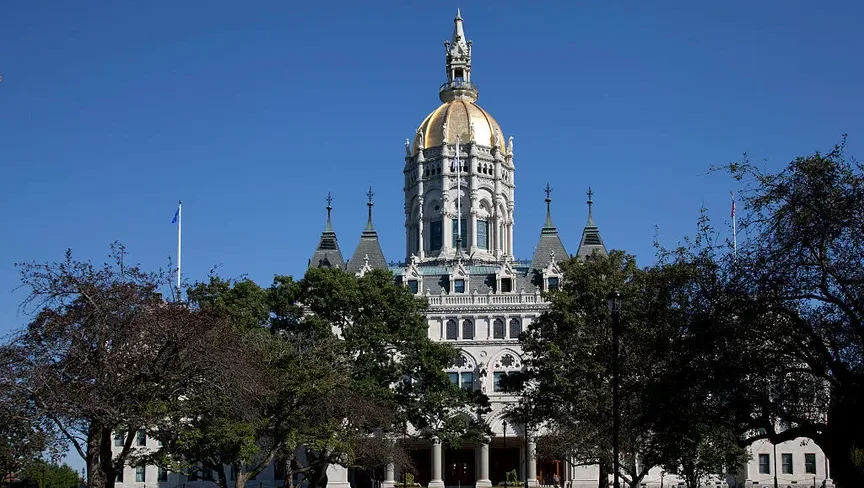
Connecticut could become the latest state to pursue networked geothermal systems as a way of cutting greenhouse gas emissions, improving public health, and reducing energy cost burdens for residents.
State lawmakers are considering a bill, HB 6929, that would create a grant and loan program to support development of geothermal networks, which tap into energy stored in the earth to deliver heating and cooling to multiple buildings in one neighborhood.
“Thermal energy networks are an incredibly exciting technological breakthrough,” said Samantha Dynowski, state director of the Sierra Club’s Connecticut chapter, testifying in favor of the bill during a Tuesday hearing before the Legislature’s Joint Committee on Energy and Technology.
The bill enjoys wide support from environmental advocates, community leaders, and business interests. Several parties are pushing for changes they say would make even more of an impact, such as requiring utilities to propose pilot projects, following the example of New York, which included such a mandate in a 2022 law.
Also, as drafted, the bill does not specify a funding mechanism for the grant and loan program it would create. Several stakeholders have suggested adding language that authorizes the state to issue a bond to fund the program.
“It’s a one-time capital investment that would yield long-term environmental and economic benefits,” said Connor Yakaitis, deputy director of the Connecticut League of Conservation Voters, who also suggested a budget of $20 million for the program.
Advocates point to the emissions reductions the systems can achieve. More than 40% of the state’s households burn heating oil to stay warm, and another 37% use natural gas; meanwhile, the only emissions associated with geothermal heat come from generating the electricity used to run the heat pumps installed in buildings across the system.
Geothermal networks can also save customers money because the energy underground is free and ground-source heat pumps use far less electricity than air-source heat pumps or electric resistance heat. In Framingham, Massachusetts, the country’s first utility-scale geothermal network is projected to cut some customers’ heating bills by as much as 75% this winter, testified Eric Bosworth, clean technologies manager for Eversource, which built and owns the project.
The adoption of geothermal networks can also help utilities — and their workers — transfer skills into a new field as energy systems transition away from natural gas, supporters said.
“They have experience and expertise that can be leveraged,” Bosworth said, noting that gas industry workers constructed much of the Framingham system.
Geothermal heat pumps have been around for more than 100 years, but the idea of using the equipment to serve dozens of homes connected in a loop first started to catch on in 2017, when Massachusetts energy transition nonprofit HEET began pitching it to utilities. They were interested, and in June 2024, Eversource brought the Framingham system online. Today the network serves 135 residential and commercial customers in the city of Framingham. National Grid is also in the process of developing a system in Boston.
Other states have seen the promise in geothermal networks, too. Six states in addition to New York and Massachusetts have passed legislation supporting utility construction of thermal energy networks, according to the Building Decarbonization Coalition, and some 22 to 27 pilot projects have been proposed to regulators nationwide.
In Connecticut, environmental groups have been discussing the geothermal possibilities with utilities for a few years, said Shannon Laun, the Conservation Law Foundation’s vice president for Connecticut. Eversource has shown interest in developing a pilot project and taken preliminary steps to seek approval to proceed, but specific legislation supporting geothermal networks would be more likely to galvanize action from utilities, she said.
“We’re starting to see some new momentum with this bill,” Laun said.